
In the last year alone there have been more than 100 product recalls as a result of food not being correctly labelled with the right ingredients. We can all understand the problems that undeclared peanuts, or hidden gluten, could cause consumers. However, it’s what happens to this type of recalled product once it is withdrawn from the supply chain that merits further investigation if we are going to get more food to people and in doing so reach our ambitious food waste reduction and redistribution targets.
Quite rightly, no retailer would sell a product that has allergens missing in an ingredients list. However, in the case of a product recalled because the name of an allergen is missing on the ingredients list, the problem is specifically with the packaging and not with the product. The food in the cardboard box or plastic sleeve is as it should be, meaning it is within date and wholesome. In short, it is food, not waste.
Currently it is standard practice to remove this type of product from stores, depots and manufacturers and destroy it on the grounds of Quality Assurance. I couldn’t cite the precise tonnages at play here, but from the frequency of allergy alerts from the FSA we know there is a significant quantity of perfectly good, in-date food going in the bin.
The technology, processes and infrastructure to ensure good food reaches plates don’t need to be particularly complicated. At Company Shop, for example, we can simply stick an agreed Food Information Regulations compliant label on a product that discloses the full ingredients list, including any potential allergens that were missing from the original packaging. We then safely redistribute it through Company Shop or Community Shop stores, getting good food at great prices to people who either work in food manufacturing (Company Shop) or in the deprived communities that Community Shop serves. The same goes for products where the wrong use-by or best-before date information has been printed on it. We can print a new date label that the manufacturer can validate. Similarly, if the weight of what is in the packaging doesn’t match what is on the box, we can reweigh the product and relabel it to ensure compliance with Weights and Measures Regulations. Packaging innovation has been a real force for good within the food supply chain, driving down resource use, extending product life and creating supply chain efficiencies (think retail-ready packaging or fluted cardboard boxes that use less material). However packaging errors or omission should not mean that what’s within the wrapping gets wasted.
Challenging the status quo and accepted ways of working in the supply chain needs to happen if we hope to see the step change required in the amount of edible food that goes to waste each year. With a solution as simple as relabelling, we have some low-hanging fruit that we can all go after.
Small interventions like this can have a massive impact, so let’s think less about the label on the box and more about the food in the box. Food is a precious resource… but labels we have in abundance. Remember, it’s what’s inside that counts.
Tom Rumboll is commercial director of Company Shop







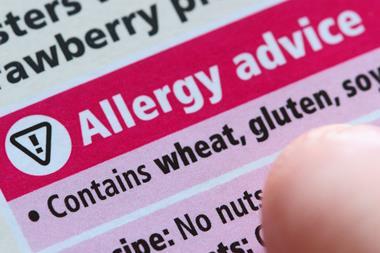

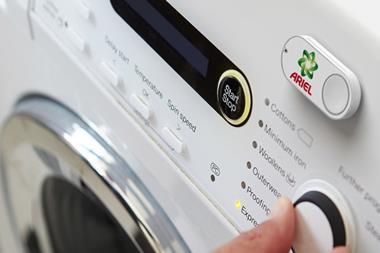
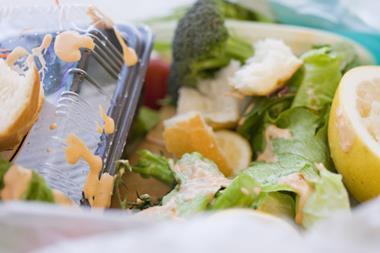
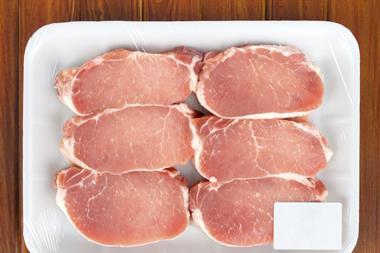




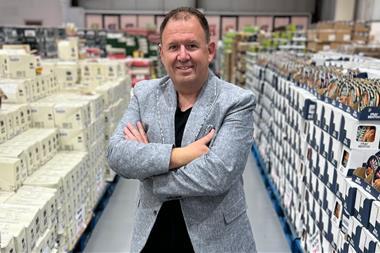


No comments yet